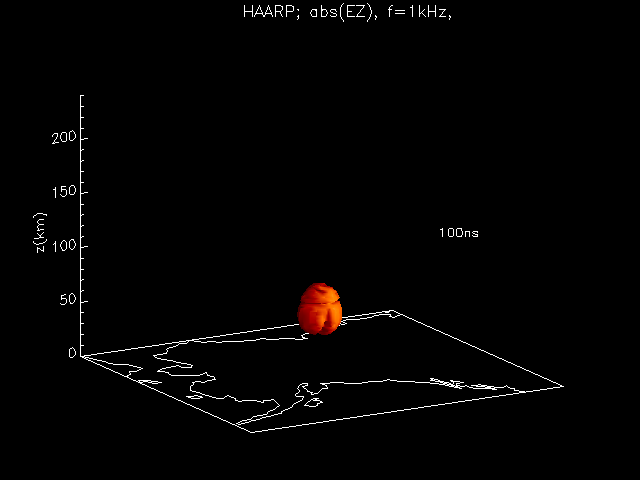Abstract
Improvements to two of the radio telescopes of European Incoherent SCATter radar (EISCAT) allow measurements of Interplanetary Scintillation (IPS) at 1.4 GHz, and this has prompted two major developments in studies of IPS. Simultaneous observations between EISCAT and MERLIN allow baselines of up to 2000 km, significantly improving velocity resolution and making possible much greater accuracy in determining the direction of flow than previously, as well as demonstrating that density variations in the slow solar wind remain partially correlated for at least 8 s. Initial results suggest two fast solar wind modes, and there is evidence for super-radial (meridional) expansion of the fast solar wind. Trials have been conducted using different observing frequencies at different sites, including the use of the EISCAT Svalbard Radar for IPS for the first time. Observations at 500, 928 and 1420 MHz with baselines of up to 1200 km have been carried out. The results are found to be consistent between single- and dual-frequency correlations, allowing the range of observations possible with the EISCAT system to be expanded.
quelle:
http://www.informaworld.com/smpp/content~content=a788462350&db=allhoffe ich hab nicht vollkommenen schmarn gepostet, aber 1200km reichweite ist ne menge und sollte für die rakete reichen, tut das die frequenz wohl auch?







